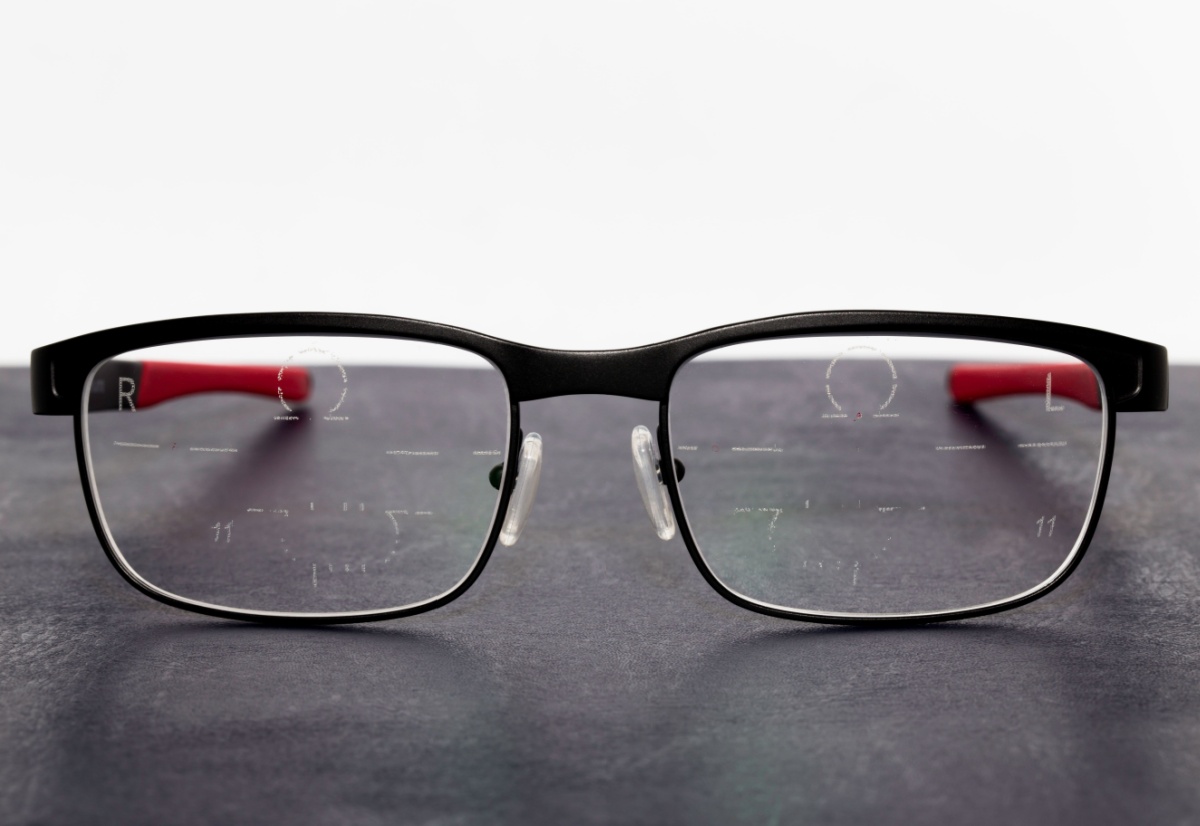Astigmatism is a common eye condition that affects the way light enters the eye, causing blurry or distorted vision. It can occur in people of all ages and can be corrected with glasses, contact lenses, or surgery. Learn more about the causes, symptoms, and treatment options for astigmatism in this comprehensive guide.
What is astigmatism?
Astigmatism is a common eye condition that affects the way light enters the eye, causing blurry or distorted vision. It occurs when the cornea (the clear front surface of the eye) or the lens inside the eye is irregularly shaped, causing light to be focused unevenly on the retina (the light-sensitive tissue at the back of the eye). This can result in blurry or distorted vision at all distances, and may also cause headaches, eye strain, and discomfort.
Causes and risk factors.
Astigmatism can be present at birth or develop later in life. It is often hereditary, meaning it can be passed down from parents to their children. Other risk factors include eye injuries, certain eye surgeries, and certain medical conditions such as keratoconus (a condition where the cornea becomes thin and cone-shaped). Additionally, prolonged use of digital devices and not taking breaks can also contribute to the development of astigmatism.
Symptoms and diagnosis.
The most common symptom of astigmatism is blurry or distorted vision, which can affect both near and far distances. Other symptoms may include eye strain, headaches, and difficulty seeing at night. A comprehensive eye exam is necessary to diagnose astigmatism, which may include a visual acuity test, a refraction test, and a keratometry test to measure the curvature of the cornea. Your eye doctor may also use a special instrument called a corneal topographer to create a detailed map of the cornea.
Treatment options.
Treatment for astigmatism depends on the severity of the condition and the individual’s specific needs. Eyeglasses or contact lenses are the most common treatment options, and they work by correcting the way light enters the eye. In some cases, refractive surgery may be recommended to reshape the cornea and improve vision. Your eye doctor can help determine the best treatment option for you based on your individual needs and preferences. It’s important to follow your doctor’s recommendations and attend regular eye exams to monitor your condition and ensure optimal eye health.
Lifestyle changes to manage astigmatism.
While eyeglasses, contact lenses, and surgery are effective treatments for astigmatism, there are also lifestyle changes that can help manage the condition. These include reducing eye strain by taking frequent breaks when using digital devices, practicing good eye hygiene by avoiding rubbing your eyes, and protecting your eyes from UV rays with sunglasses or hats. Eating a healthy diet rich in vitamins and minerals, particularly those that support eye health like vitamin A and omega-3 fatty acids, can also be beneficial. Talk to your eye doctor about other lifestyle changes that may be helpful for managing your astigmatism.



